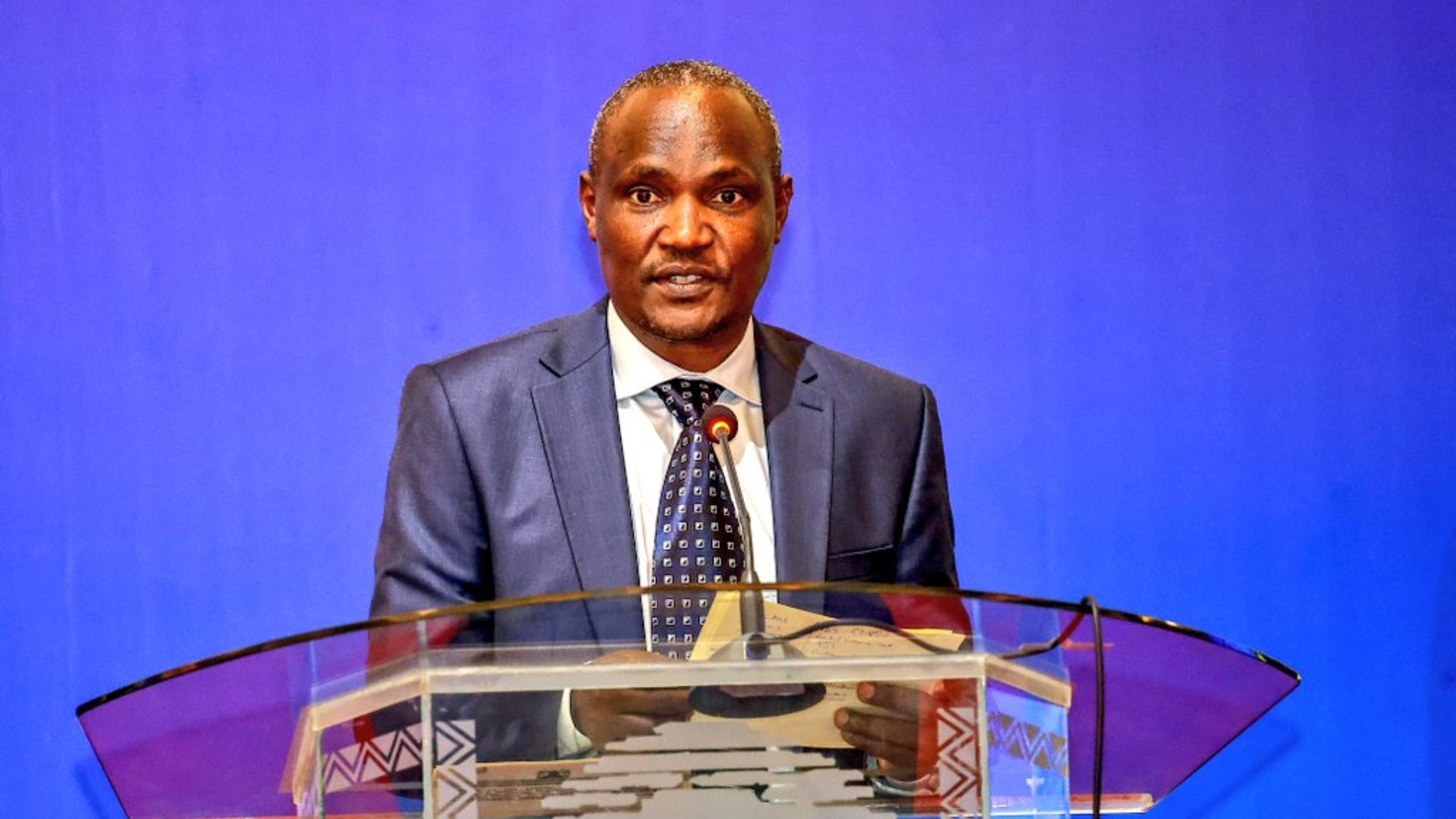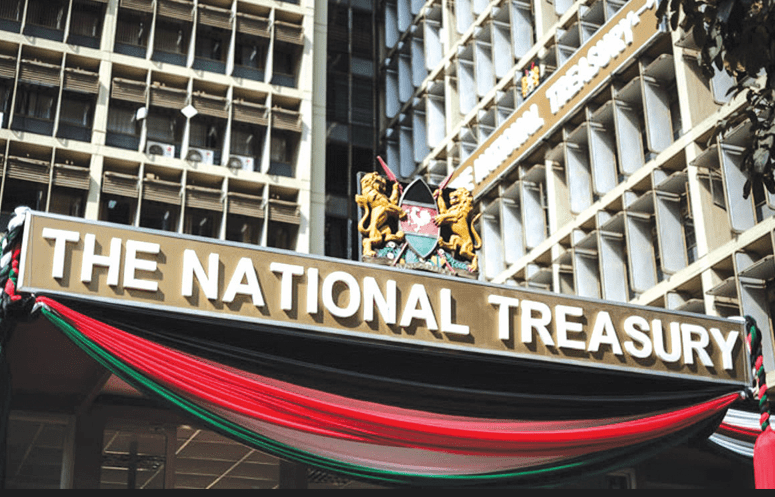Treasury mulls bullish stance in domestic mart

The government plans to ramp up domestic borrowing to finance the upcoming budget and address the fiscal deficit, as external options become increasingly limited due to global policy shifts.
National Treasury CS John Mbadi, speaking at the launch of the Medium-Term Debt Management Strategy (MTDS) in Nairobi, outlined plans to source 75 per cent of funding domestically while relying on external sources for the remaining 25 per cent.
He cited shrinking external financing options due to global economic policy shifts, necessitating a focus on internal sources without destabilizing domestic markets.
“We must be alive to the fact that external sources are shrinking by the day. The policy pronouncements in major economies, the world-leading economy, you are aware, has already pronounced itself through executive orders. We are no longer looking forward to much support from that direction and therefore we have to look inward and without again destabilizing our domestic markets,” he said.
Exchange risks
While this strategy mitigates foreign exchange risks, stakeholders warn of adverse effects on the private sector if corrective measures are not taken.
High government borrowing rates make it difficult for private enterprises to access affordable credit, despite multiple reductions in the Central Bank of Kenya’s base lending rate.
Banks prioritize government loans over private sector lending, potentially stifling economic growth, given that private enterprises are the largest contributors to revenue and employment.
Raymond Molenje, CEO of the Kenya Bankers Association (KBA), emphasized the need for policies balancing government and private sector borrowing. Speaking before the National Assembly Finance and Planning Committee, he warned that continued constraints on private-sector credit could have serious economic consequences.
Debt policies required
“This is a very serious issue and for us to be able to extend credit to the private sector comfortably. We need to have policies that will help guide the Government’s borrowing, we need to balance the two going forward,” Raymond Molenje told the National Assembly finance and planning committee on Tuesday at Bunge Towers.
Domestic debt already dominates Kenya’s total public debt, standing at Sh 10.02 trillion, with Sh 5.93 trillion sourced domestically. Treasury bonds account for 83.3 per cent of this, Treasury bills 14.4 per cent, and other domestic debt—including pension funds and overdrafts from the Central Bank—contribute the remaining 2.3 per cent.
To manage debt levels, Mbadi confirmed that the Treasury was pursuing a ninth review with the International Monetary Fund (IMF). He acknowledged the government’s need for a mix of commercial and concessional loans to fund the deficit while ensuring a sustainable debt portfolio.
“The medium-term debt strategy analysis takes into account outstanding public debt and projected borrowing and debt service in the context of the current and future macroeconomic environment and the conditions in the international and domestic capital markets,” Mbadi said.
External debt currently stands at Sh5.17 trillion, comprising Sh2.83 trillion in multilateral loans, Sh1.09 trillion in bilateral loans, and Sh1.17 trillion in commercial debts. The Treasury has prioritized concessional financing over commercial borrowing to minimize risks.
Despite growing debt levels, Mbadi assured that Kenya’s debt remains stable, albeit with elevated risks. He promised portfolio diversification to mitigate foreign exchange fluctuations that could exacerbate debt burdens.















